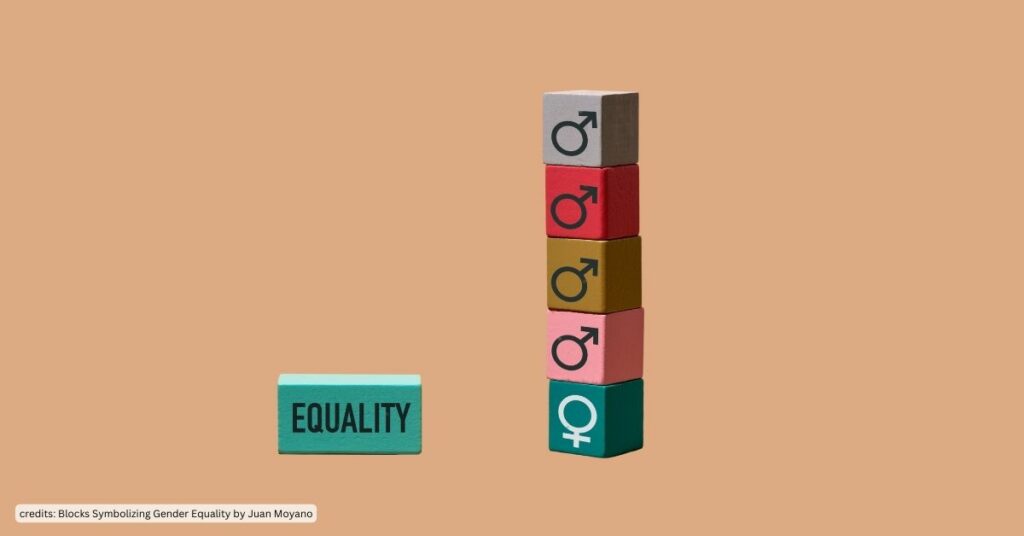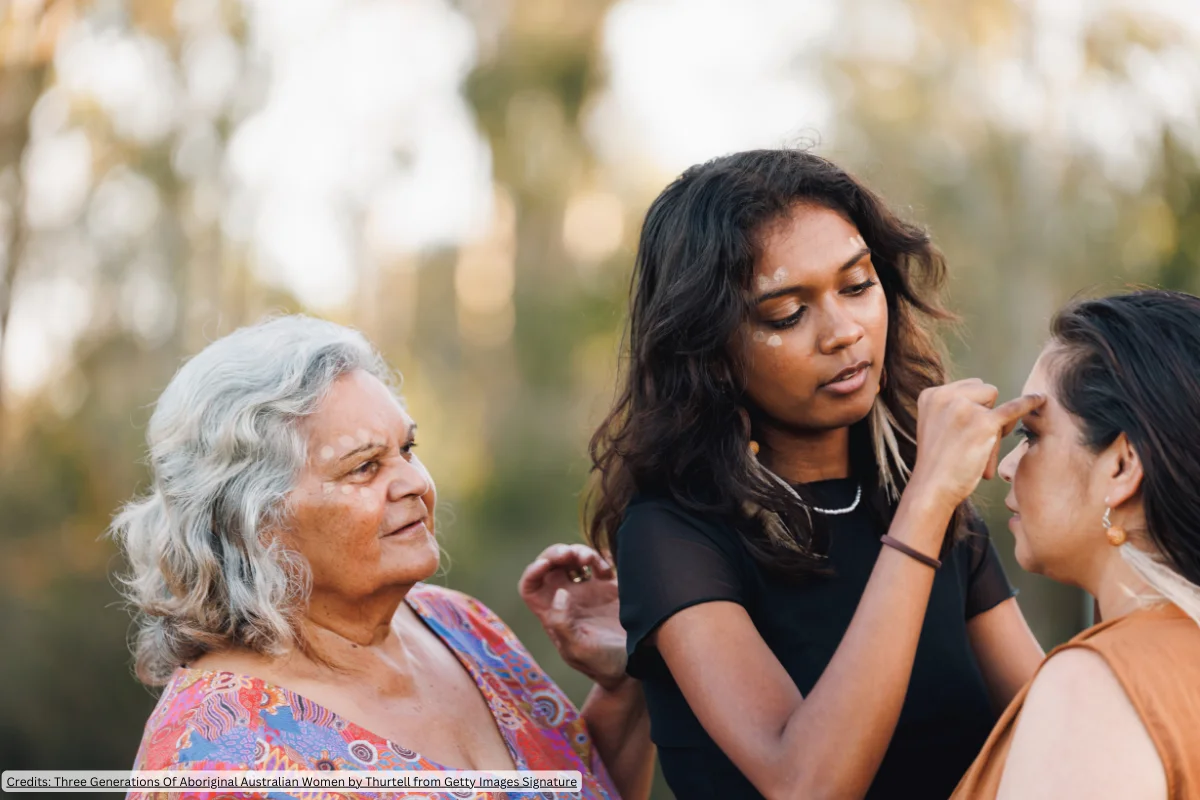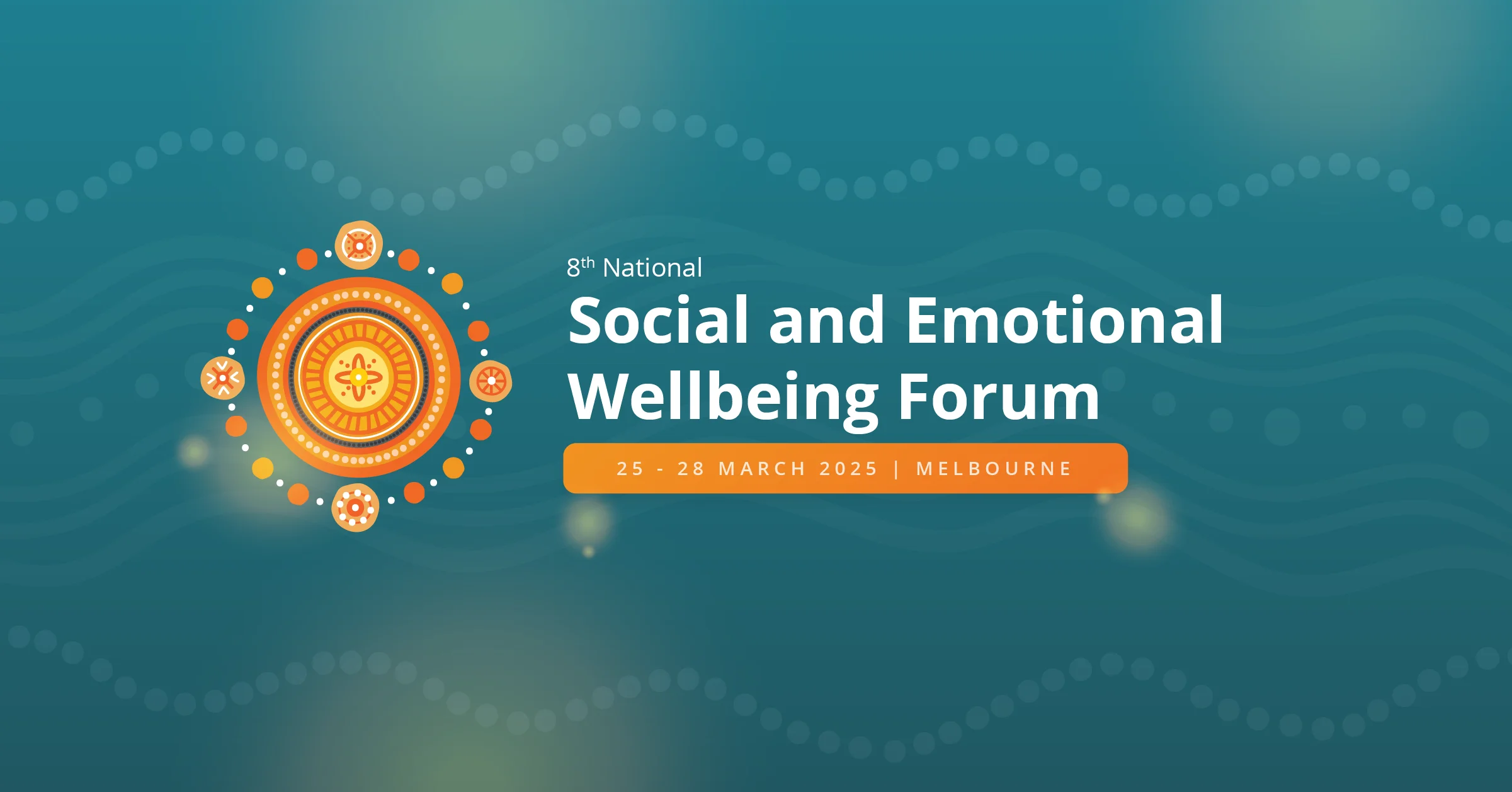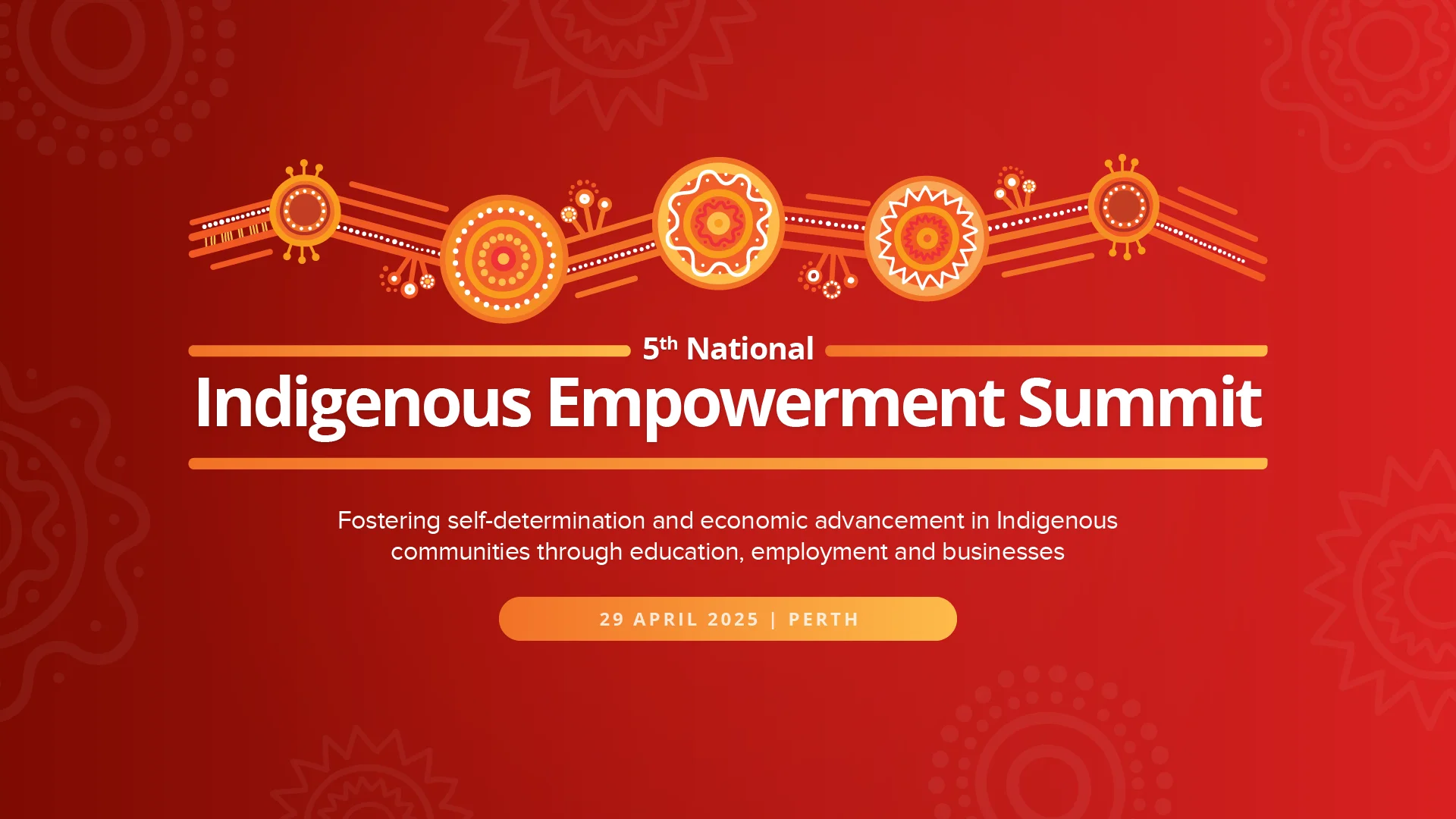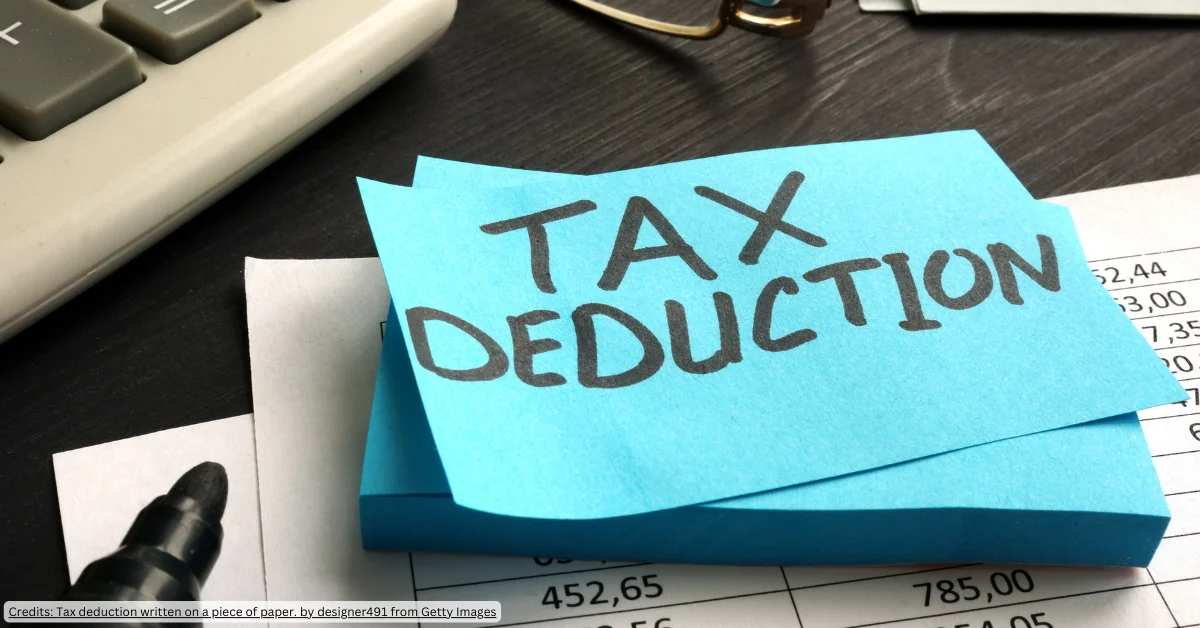The recent public and media focus on gender violence is an opportunity to forge some meaningful change in promoting the prevention of gender-based violence and better supporting its victims.
But when we look at responses to recent health and societal crises, and I’m thinking of the COVID-19 pandemic and youth disaffection, it’s clear a one-size-fits-all approach does not work.
People from culturally and linguistically diverse (CALD) communities are often an afterthought when it comes to designing and delivering programs to prevent gender-based violence. It has been my experience that they often find it difficult to access information or services that are designed for the mainstream community.
Thirty-two years ago, I co-authored a book titled Desperately Seeking Justice, a resource and training manual designed to improve responses to violence against women and children from culturally and linguistically diverse communities.
Much has changed since then, concepts have become more sophisticated, data collection more comprehensive, and, with inclusivity and intersectionality a constant in contemporary conversations, long-term response and prevention plans have been developed and specialist services established that we could not have even imagined three decades ago.
As an early contributor to the sector, I unconditionally support and applaud all the work that has been done and have no doubt that it has made an enormous difference to women and children in Australia, that it has saved lives and allowed for those lives to flourish and have a future free from violence.
And yet, here we are again at a crisis point in the evolution of our responses, especially in terms of primary prevention. Although much has changed for the better, the main issue we were desperately seeking to address back then seems to remain evasive.
A persistent theme, although I am sure an unintended one, is the marginalisation and exclusion of culturally and linguistically diverse people from mainstream decision-making, planning and, most importantly, equitable access to resources.
It is undeniable that there are genuine attempts to be more inclusive in planning and responding. Recently I attended a round table, which included several decision makers, who heard first-hand the experiences of sector workers managing the shortcomings of a system still unable to adequately respond to the reality of a diverse society.
They heard ample evidence about the fact that services established to equitably support all members of the community are simply unable to do that. And they heard that resources are not consistently or sufficiently getting to those actually doing the work with highly vulnerable CALD women and communities who fall between the cracks.
Some things clearly are not working as intended, and this is not just the result of limited resources. It has more to do with the way in which we understand our society and consequently design and fund domestic and family violence response services and prevention initiatives.
The reality that we live in an increasingly diverse society seems to still elude us. And, despite a more evolved understanding of intersectionality, when it comes to planning services, we still hold on to the imaginary notion of a largely mono-cultural society with intractably complex diversity at its margins.
The problem is therefore cultural, but not in the way in which we commonly understand culture. All these decades later, I feel that perhaps a better title for my book would have been Desperately Seeking Inclusion.
Strategies to address the scourge of family and domestic violence in Australia must be developed and delivered in ways that acknowledge the reality of a society that is increasingly diverse at its core.
Related: New survey finds refugees in Australia feel safe and grateful
Genuinely equitable inclusion means that those who are most marginalised because of language, culture and other intersectional factors must be considered front and centre in any primary prevention responses.
In order to be impactful, the promotion of gender equality and everyone’s fundamental rights for living lives free from violence must be meaningfully understood within a cultural context, allowing for challenging established beliefs and developing deep understanding ultimately leading to attitudinal and behavioural change.
At a practical level, this means that programs need to be co-designed and led by multicultural communities themselves.
They should be dedicated and tailored programs – not just crumbs from mainstream programs; simply translating information sheets is not enough.
The extra funding for the prevention of gender-based violence announced in the recent federal budget is welcome, but some of it needs to reach CALD communities.
We need a fundamentally different approach to supporting victims because women from CALD communities fleeing violence often have nowhere to go or they face cultural barriers in wanting to leave situations of violence.
This is a complex undertaking that requires a number of interconnected interventions; and requires listening to, and learning, from communities as to what works.
We know this approach can work. AMES Australia has been training community leaders and influencers on the prevention of violence against women and gender equity for the past seven years. These people have gone on to make a difference not just in their own communities but also in the broader multicultural society that is today’s Australia.
But this work needs to be sustained and expanded, ad-hoc funding produces ad-hoc results. General promotion campaigns do not seem to be reaching a critical mass of the community, so a more nuanced approach is needed, an approach that accepts that diversity is the new mainstream.


